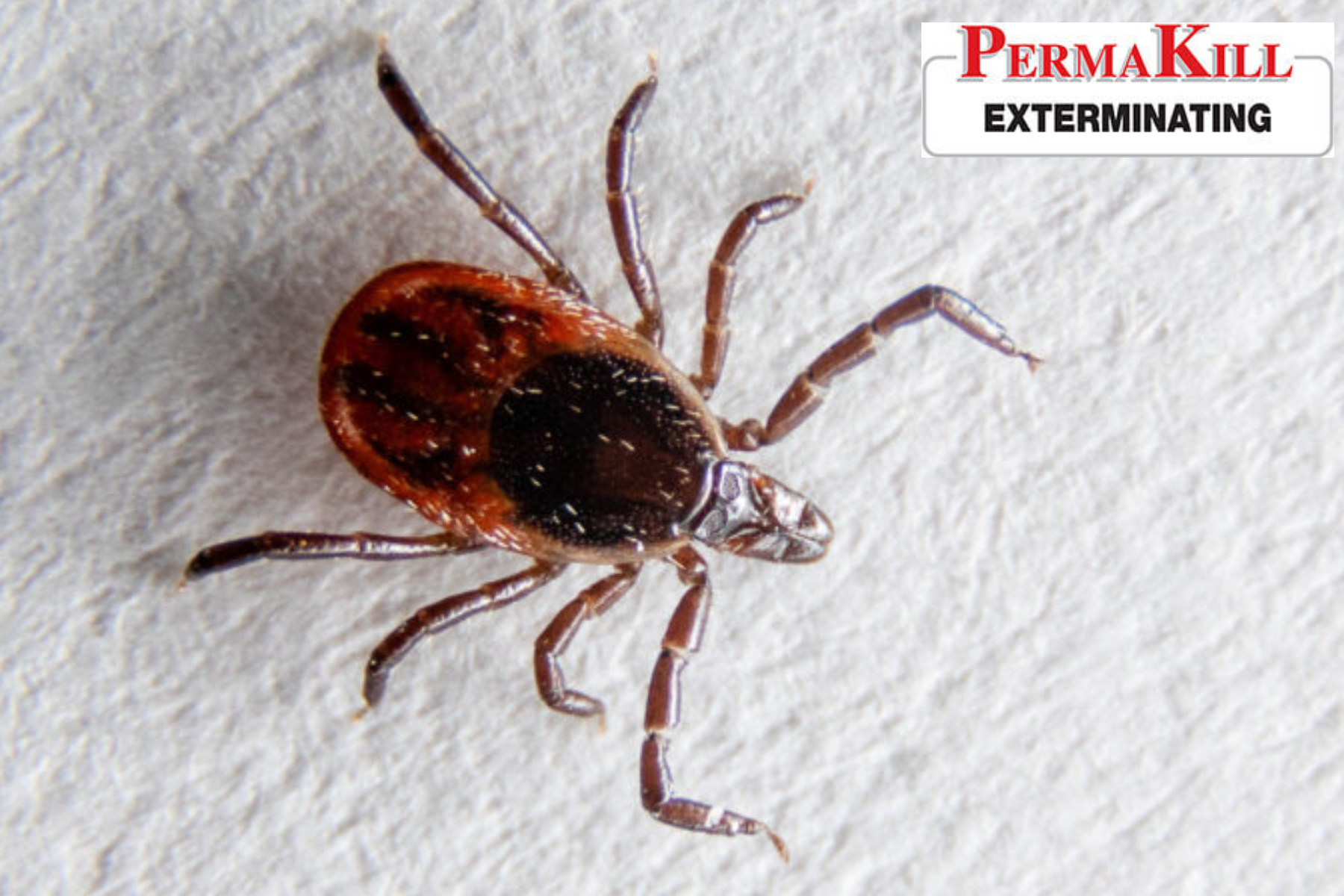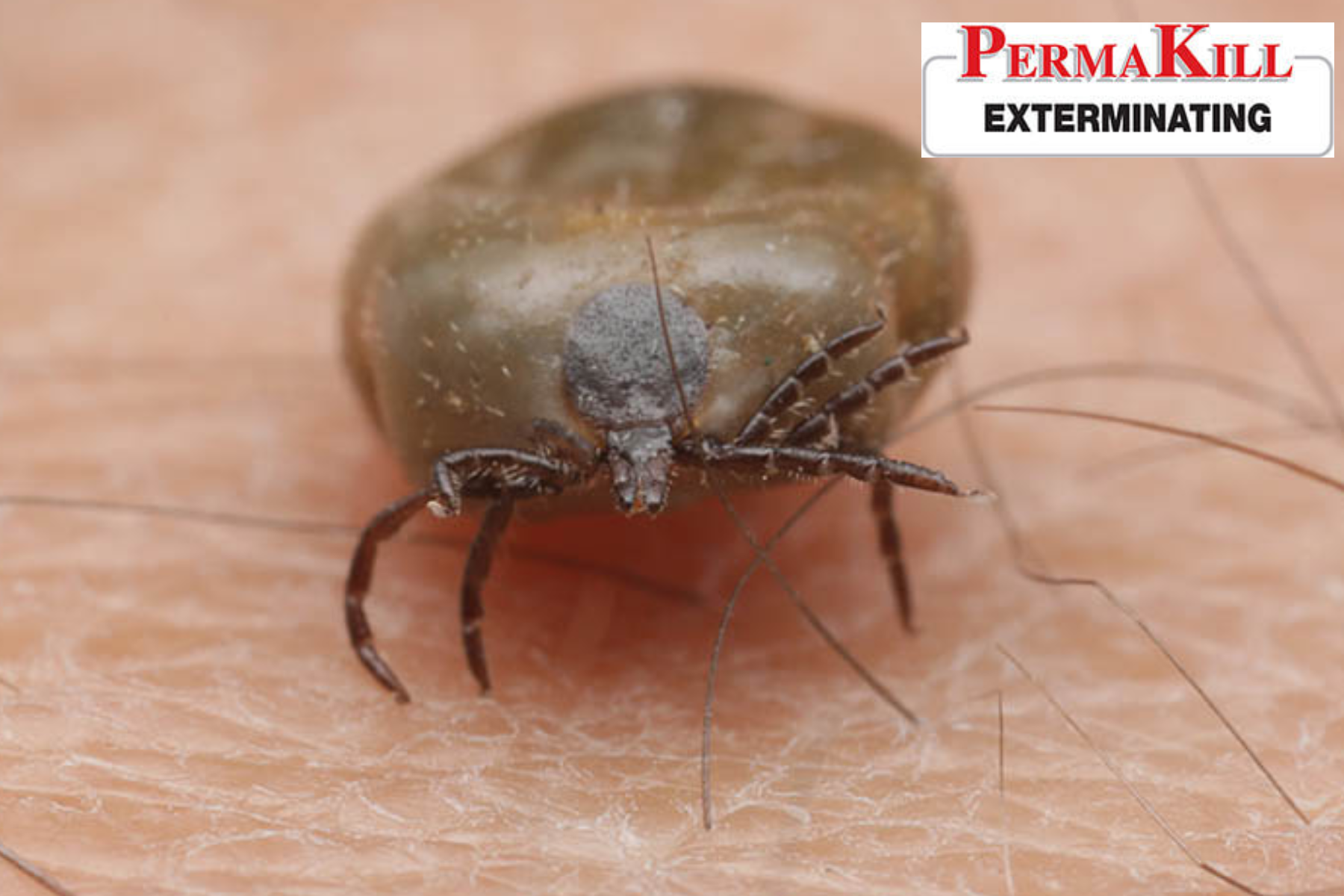Ticks are small but mighty creatures that can cause big problems for both humans and animals. Known for transmitting various diseases, including Lyme disease and Rocky Mountain spotted fever, ticks are a major concern for anyone who spends time outdoors. But just how long can a tick live without a host? Understanding their lifespan and behavior can help you better protect yourself and your loved ones. In this article, we’ll uncover the lifespan of ticks, how long they can survive without a host, and what you can do to prevent tick infestations.
The Life Cycle of a Tick
Ticks undergo several life stages, each with its own unique survival and feeding patterns. Understanding the tick life cycle is essential for understanding how long they can wait to latch on and how to protect yourself from their bites.
1. Eggs
The life cycle of a tick begins when the female lays her eggs. The eggs are typically laid in a sheltered environment, such as in leaf litter, tall grasses, or along animal trails. After the eggs hatch, the larvae emerge. They are very small and can be hard to spot with the naked eye.
2. Larvae (Six-Legged Stage)
Once the eggs hatch, the larvae, or “seed ticks,” emerge. These larvae have six legs and are looking for a host to feed on. At this stage, ticks can wait for weeks or even months to find a host. They often latch onto small animals like rodents, birds, or even larger mammals like deer.
3. Nymphs (Eight-Legged Stage)
After feeding and growing, the larvae molt into nymphs. Nymphs are larger, have eight legs, and are more likely to bite humans. Nymphs are active during spring and summer, which is when tick activity is at its peak. Their quest for a host continues, and they can remain attached to a host for several days while feeding.
4. Adults
The final stage in a tick’s life cycle is the adult stage. Adult ticks are larger and can survive for longer periods without feeding. Female ticks need to find a host to feed on before they can lay eggs. Adult ticks are more commonly found on larger mammals, including humans, dogs, and deer.
How Long Can a Tick Live Without a Host?
Ticks are resilient creatures that can survive without a host for varying periods, depending on their life stage and environmental conditions. Here’s a closer look at how long ticks can live without feeding:
1. Larvae
Once ticks hatch as larvae, they rely on finding a host to feed and grow. If they can’t find a host right away, they can survive for several weeks, sometimes up to 6 months, without feeding. However, without a host, they will eventually die from dehydration and a lack of nutrients.
2. Nymphs
Nymphs, being more active in their search for a host, can survive without feeding for several months, typically around 2 to 3 months. However, like larvae, they need to find a host to continue their life cycle. If a nymph cannot find a host, it will eventually starve.
3. Adults
Adult ticks are more resilient and can survive without a host for a significantly longer period. Some adult ticks, particularly the female ticks, can survive for up to 2 years without feeding, depending on environmental conditions. Male ticks, however, typically live shorter lives since their main purpose is to mate with females, after which they usually die.
How Long Can a Tick Live Without a Host?
Ticks’ ability to survive without a host largely depends on their species, life stage, and the surrounding environment. How long do ticks live without a host can vary, but in general, they can go for several months without feeding.
How Long Can Ticks Wait to Latch On?
Ticks don’t just wait for an opportunity to latch onto a host they are expert waiters. Their survival depends on the ability to detect and latch onto a passing host. Ticks have highly sensitive chemoreceptors on their forelegs that allow them to sense carbon dioxide and body heat, which potential hosts emit. This is why ticks are often found waiting on tall grasses, bushes, or trees, ready to latch onto an animal or human that comes too close.
Ticks can remain dormant for extended periods, sometimes for several months, until they detect a nearby host. Some species, like the black-legged tick, commonly known as the deer tick, are particularly patient. They can live for weeks or months without a host, remaining in vegetation, and waiting for a passing host to come within reach.
How Long Do Ticks Latch On?
Once a tick has found a suitable host, it will latch on and begin feeding. The amount of time a tick will remain attached depends on the species and the stage of life.
- Larvae and Nymphs: A tick larvae or nymph typically attaches to a host for about 3 to 5 days to feed. Nymphs are more likely to bite humans, and this is when ticks are most dangerous, as they are often responsible for transmitting Lyme disease.
- Adult Ticks: Adult ticks, especially females, can remain attached to a host for longer periods, usually up to 7 days, as they feed and prepare to lay eggs. After mating, female ticks need a significant blood meal to produce eggs, which can be a lengthy process.
Preventing Tick Infestations
Ticks can be dangerous, carrying diseases like Lyme disease, babesiosis, and anaplasmosis. Protecting yourself and your pets from ticks is important, especially if you live in areas with high tick populations. Here are some tips to prevent tick infestations:
1. Wear Protective Clothing
When venturing into tick-prone areas, such as forests or grassy fields, wear long sleeves, long pants, and closed shoes. Tucking your pants into your socks or boots can also help prevent ticks from crawling up your legs.
2. Use Tick Repellents
Repellents containing DEET or permethrin can be effective in deterring ticks. Apply repellents to your clothing and exposed skin before heading outdoors.
3. Check for Ticks Regularly
After spending time outdoors, thoroughly check yourself, your children, and your pets for ticks. Ticks can latch onto any part of the body, so be sure to check hidden areas like behind the ears, in the hairline, and under the arms.
4. Maintain Your Yard
Ticks thrive in overgrown, grassy, and wooded areas. Keep your lawn well-maintained by mowing regularly and clearing brush and leaf litter where ticks are likely to reside. Creating a barrier of gravel or wood chips between wooded areas and your lawn can help reduce tick exposure.
If you’re concerned about ticks in your yard or home, consider contacting pest control Sparta Township NJ services to help control tick populations.

Conclusion
Ticks are incredibly resilient creatures, capable of surviving for long periods without a host. They can wait patiently for weeks or even months before latching onto a passing host. Understanding the tick lifespan, their ability to survive without a host, and their behavior is crucial for effective tick prevention and control. If you’re looking for professional help, searching for tick control near me can provide you with the expertise needed to manage and reduce tick populations around your home.
About PermaKill Exterminating
At PermaKill Exterminating, we specialize in providing personalized pest control solutions, including tick management. We are dedicated to ensuring your home and yard are protected from the harmful effects of ticks. If you’re in need of an exterminator Sparta Township NJ or any other pest control service, visit our website to learn more about our services or to schedule a consultation.





